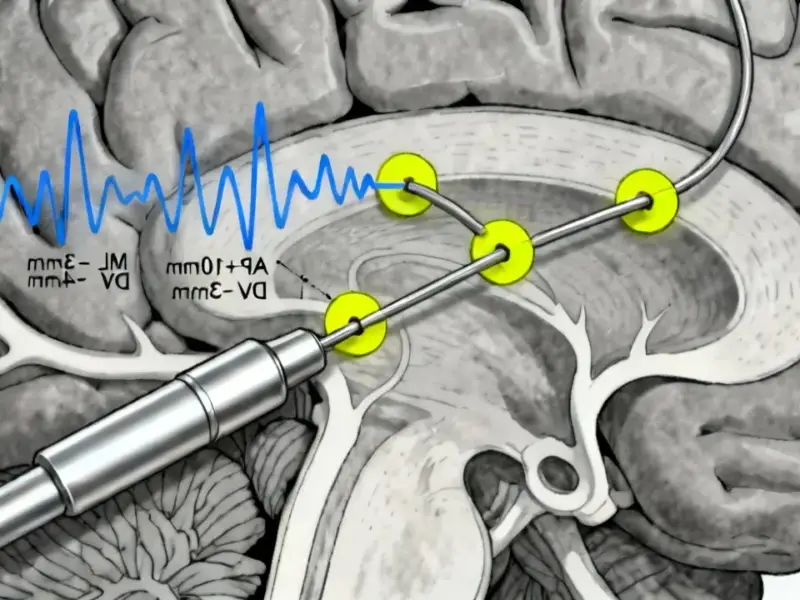According to PYMNTS.com, research from Johns Hopkins Carey Business School and MIT Sloan School of Management found people working with AI produced 60% more output than those working without it while maintaining the same quality. These workers exchanged 23% fewer messages, showing less time spent coordinating and more time completing tasks. Procter & Gamble tested this with 776 professionals developing new product ideas and found individuals using AI performed as well as two-person teams without it. The concept, called “cybernetic teammate,” was introduced by Harvard researchers studying how AI changes team dynamics. Teams with AI actually produced the most creative results according to Harvard Business School data, while workers reported greater enthusiasm and less frustration.
The Productivity Paradox
Here’s the thing though – this transition isn’t automatic. The MIT Sloan Review warns about a “productivity paradox” where companies that just drop AI into existing roles without redesigning workflows actually see efficiency drop before it rises. It’s a J-shaped curve that’s becoming pretty familiar in AI implementation. Basically, if you’re asking employees to collaborate with algorithms while keeping all the same reporting structures and incentives, you’re setting everyone up for frustration.
Think about it – we’re talking about moving from delegation to partnership. That’s a fundamental shift in how work gets done. Employees need to learn how to work with AI rather than compete against it. And that requires companies to actually rethink job descriptions, not just add another tool to the toolbox.
Redesigning Work Around AI
The research from MIT Sloan and Harvard shows that firms integrating AI into old structures rarely sustain gains. But those that rebuild jobs around human-AI pairings – assigning creative, interpretive tasks to humans and computational, repetitive work to AI – recover faster and outperform their peers. Columbia University found teams performed best when humans treated AI as a capable partner rather than just a tool.
What’s fascinating is how this changes cross-functional collaboration. Engineers started proposing more commercially viable concepts. Marketers created more technically informed solutions. The technology seemed to break down barriers between creative and technical roles. It’s not just about doing the same work faster – it’s about doing better work.
The Trust Equation
Now here’s where it gets tricky. That Columbia study revealed a sweet spot in how humans interact with AI. When workers either distrusted the system or over-relied on it, performance declined and stress indicators rose. Success depends on calibrated trust – understanding both the strengths and limitations of your AI partner.
Look, we’ve all seen both extremes. The person who refuses to use any AI assistance because “it’s not perfect,” and the person who treats AI output as gospel without any critical thinking. The research suggests the most effective approach is somewhere in the middle – treating AI like you would a competent but fallible human colleague.
<h2 id="what-this-means-for-business“>What This Means For Business
So if one person with AI can equal two without it, how do we measure productivity? Headcount no longer tracks capability. Coordination costs decline as algorithms handle drafting, analysis and scheduling. But the strongest results occur when firms embed human supervision into every step, ensuring speed doesn’t come at the expense of accuracy.
The research from Johns Hopkins and MIT and Harvard’s cybernetic teammate concept points toward a future where the most efficient team isn’t the traditional group – it’s the human-AI pair. But getting there requires more than just buying software licenses. It requires rethinking everything from job design to performance metrics to how we train people to work alongside thinking machines.




